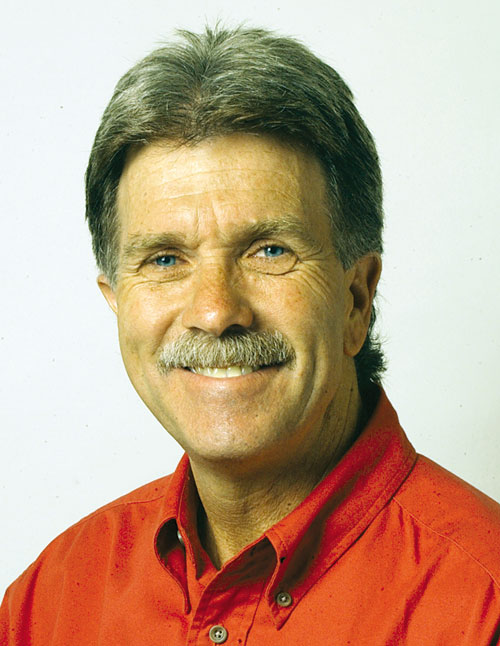Getting Out: When I was growing up in southern Marin County, the
Marin Headlands was part of a huge military base that encompassed
much of the southwestern portion of the county. Very few people
ventured off U.S. Highway 101 on the north side of the Golden Gate
Bridge to explore land around the promontory guarding the north
entrance to the San Francisco Bay. But for a young kid, the lure of
concrete bunkers, old gun emplacements perched on cliffs, a Nike
Missile site (no stopping for photographs), heavy metal doors that
opened into underground rooms and a maze of corridors beyond was
too cool to pass up.
When I was growing up in southern Marin County, the Marin Headlands was part of a huge military base that encompassed much of the southwestern portion of the county. Very few people ventured off U.S. Highway 101 on the north side of the Golden Gate Bridge to explore land around the promontory guarding the north entrance to the San Francisco Bay. But for a young kid, the lure of concrete bunkers, old gun emplacements perched on cliffs, a Nike Missile site (no stopping for photographs), heavy metal doors that opened into underground rooms and a maze of corridors beyond was too cool to pass up.
Since then, this open region has avoided development and is now part of the Golden Gate National Recreation Area, which must be one of the most varied parks in the National Park system. It includes Alcatraz, Muir Woods, the Presidio, Fort Point and open spaces from Pacifica to halfway up the Marin coast.
If I ever visit all the great cities of the world, I cannot imagine that I will ever see a city view to surpass the San Francisco skyline at sunset across the bay and beyond the Golden Gate Bridge towers.
During our recent stretch of amazing crystalline days, I was in Marin and decided to roam the headlands. Fog and bluster are what the Golden Gate does best, but not this day. I followed the road that edges along the cliffs at the entrance to the bay out to Point Bonita Lighthouse. Still active, Point Bonita Lighthouse cast its first beacon in 1855. As the continent pinches out toward the point, access to the lighthouse is forced through a cave, and finally over a narrow suspension bridge. The surf pounded steep cliffs all around. Point Reyes lurked beyond the haze to the north. On the other side, the avenues of San Francisco. I thought of days here when it is difficult to see more than 10 feet. The lighthouse is open on Saturdays, Sundays and Mondays from 12:30 to 3:30 p.m.
I drove back toward the bridge. I wanted to find the right spot for a soft light picture of the bridge and the city close to sunset, but it was still early.
Looking for something to do, I happened on a trailhead at a most unlikely spot and set out. Waldo grade is the name given to the section of Highway 101 that crosses the hill at the north end of the bridge. This trail traversed along the hillside just west of this main commute corridor. At my feet were lovely wildflowers, just beyond was the noisy hustle of highway traffic, and beyond that was a stunning view across the bay to the city — a baffling, but stimulating mix. I made my own way back along the ridge top stopping here and there looking for the perfect shot.
The GGNRA has saved the Marin Headlands, and I am glad for it. The price paid is swarms of weekend sightseers; every roadside turnout is filled with cars. For me, there is a little nostalgic melancholy for the days when I shared a close-held secret. But it is a setting unmatched and should be tromped and toured by all.
To visit, exit at Alexander Avenue just across the Golden Gate Bridge. Almost immediately, turn left and cross underneath the highway. Just before you are funneled back onto the bridge, take the road that climbs up the hill to the right. Park by the trailhead 100 yards ahead to take the hike, or follow the road for a scenic ride to Point Bonitas. The tourists will tell you, every turnout is a stunner.










